Ihr vertrauenswürdiger Hersteller von Aluminium-Pergola
- 5 Werkstätten und über 200 Mitarbeiter
- 20 Jahre Branchenerfahrung
- Über 2500 Projekte und über 150 Länder
- 20.000 m² Produktionsfläche

Temperaturtoleranz: -40°C ~ 80°C

Windwiderstand: Bis zu 180+ mph

60–80 cm (Schneelast 150–200 kg/m2)

180–220 km/h (Hurrikan der Kategorie 4)
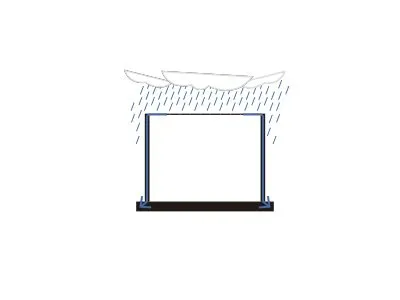
Wasserdichtigkeit: IP67

UV-Beständigkeit: UV50+
Wählen Sie die perfekten Produkte für Ihre Bedürfnisse
Entdecken Sie unser komplettes Sortiment an innovativen Beschattungslösungen.
Als vertrauenswürdiger Pergola-Lieferant bieten wir alles von einziehbaren Pergolen bis hin zu PVC-Dachsystemen, alles auf Ihre spezifischen Bedürfnisse zugeschnitten.
Willkommen bei PROGOLAS
Über PROGOLAS
Progolas ist ein führender Hersteller von kundenspezifischen Aluminium-Pergola und spezialisiert auf maßgeschneiderte Beschattungssysteme für Villen, Hotels und Gewerbeflächen. Dank modernster Eigenproduktion, zertifizierter Materialien und weltweiter Exporterfahrung setzen wir Ihre Outdoor-Vision in langlebige und elegante Strukturen um – für eine lange Lebensdauer.
Warum PROGOLAS wählen
Wenn Sie sich für Progola entscheiden, arbeiten Sie mit einem zertifizierten und erfahrenen Pergola-Hersteller zusammen, der Ihre Bedürfnisse versteht und Ihnen stets maßgeschneiderte Lösungen liefert.
Langlebige Materialien
Langlebig gebaut mit zertifiziertem Aluminium und Qualitätskontrollen.
Umfangreiche Projekterfahrung
Von Wohnhäusern bis zu kommerziellen Wahrzeichen.
Kundendienst
Unsere Beziehung endet nicht mit dem Verkauf. Sie beginnt.
Intelligente Technologie
Nahtlose motorisierte Optionen für das moderne Leben im Freien.
Pergola-Händler-Support
Stärken Sie Ihr Unternehmen mit unseren branchenführenden Pergola-Systemen.
Maßgefertigte Pergola
Wir entwerfen maßgeschneiderte Pergolen für Ihren Platz, Ihr Klima und Ihr Budget.
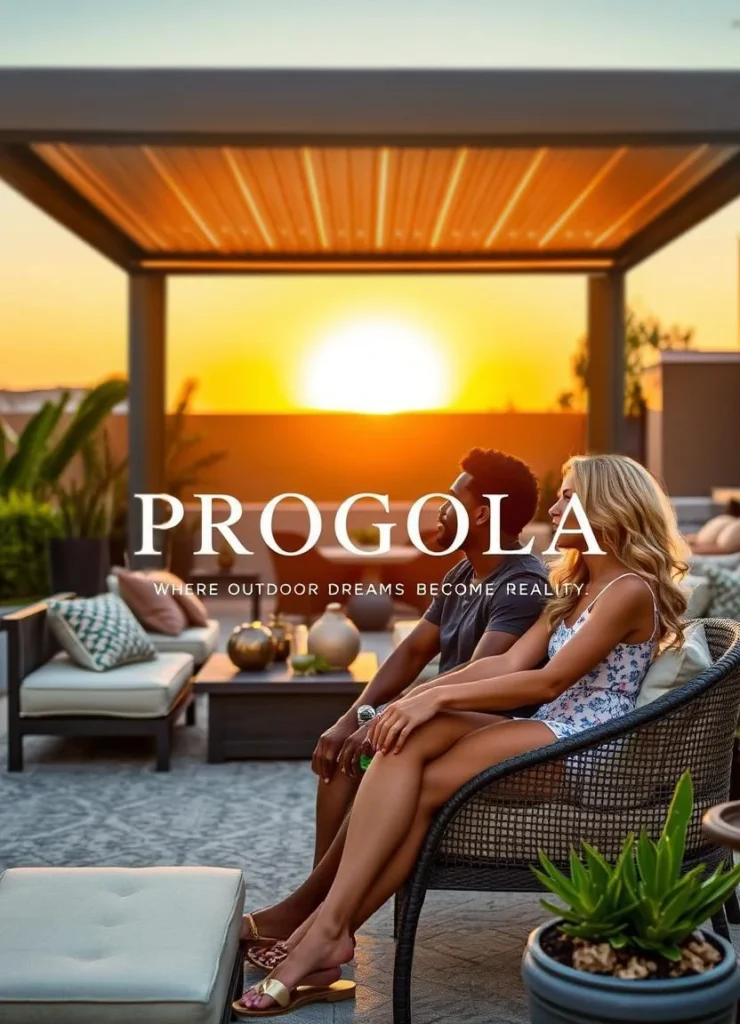
Wem wir helfen, bessere Außenbereiche zu schaffen
Egal, ob Sie Architekt, neuer Geschäftsinhaber oder Besitzer eines Luxushauses sind: Um Ihre Vision Wirklichkeit werden zu lassen, ist es entscheidend, den richtigen Pergola-Hersteller zu finden.
Pergola-Lösungen für Hotels und Resorts
Schaffen Sie unvergessliche Gästeerlebnisse mit maßgeschneiderten Aluminium-Pergolen – ideal für Pool-Lounges, Dachbars oder Strandterrassen. Entwickelt für Luxus, Windbeständigkeit und langfristigen Wert.
✓ Optionale Lichter und Vorhänge
✓ Atemberaubende Designs für luxuriöses Ambiente
✓ Nachgewiesener ROI durch Modernisierungen im Gastgewerbe
Gewerbliche Pergolen für Essbereiche im Freien
Steigern Sie die Kapazität Ihres Restaurants mit intelligenten Pergolen, die ganzjährigen Komfort bieten. Schnell zu installieren, leicht zu reinigen und für den täglichen Geschäftseinsatz konzipiert.
✓ Schnelle Einrichtung ohne Geschäftsunterbrechung
✓ Moderne Designs, die Kunden anziehen
✓ Wind- und regenbeständig
✓ Maßanfertigungen für Terrassen und Veranden
Modulare Pergolen für Architekten und Designer
Unterstützen Sie Ihre Designvision mit anpassbaren, minimalistischen Pergolasystemen. Proglas bietet umfassenden CAD-Support, Muster und Integrationsberatung.
✓ CAD-Zeichnungen und 3D-Dateien
✓ Materialmuster verfügbar
✓ Nahtlose Projektintegration
✓ Schlanke Designs passen zu modernen Konzepten
Skalierbare Pergolasysteme für Bauprojekte
Für Wohnsiedlungen, Resorts oder Gewerbegebiete – Proglas liefert Pergolen im Projektmaßstab mit weltweiter Auftragsabwicklung und technischem Support.
✓ Massenfertig und einfach zu installieren
✓ Optimiert für schnelle Bauzeiten
✓ Benutzerdefinierte Spezifikationen und Preisoptionen
✓ Weltweite Lieferung wird unterstützt
Traumpergolen für moderne Hinterhöfe
Verwandeln Sie Ihren Außenbereich in einen privaten Rückzugsort. Mit Fernbedienung, stimmungsvoller Beleuchtung und wetterfester Konstruktion sind Proglas-Pergolen perfekt für Villen und moderne Häuser.
✓ Intelligente Funktionen: Lichter und Vorhänge
✓ Individuelle Farbe und Passform für Ihr Zuhause
✓ Schnelle Installation mit Unterstützung durch den Auftragnehmer
✓ Perfekt für Terrassen, Gärten und Pools
Erfolgsgeschichten unserer Kunden
Entdecken Sie, wie unsere maßgefertigten Pergolen Außenbereiche verwandelt haben. Lesen Sie Erfolgsgeschichten und Feedback unserer zufriedenen Kunden.

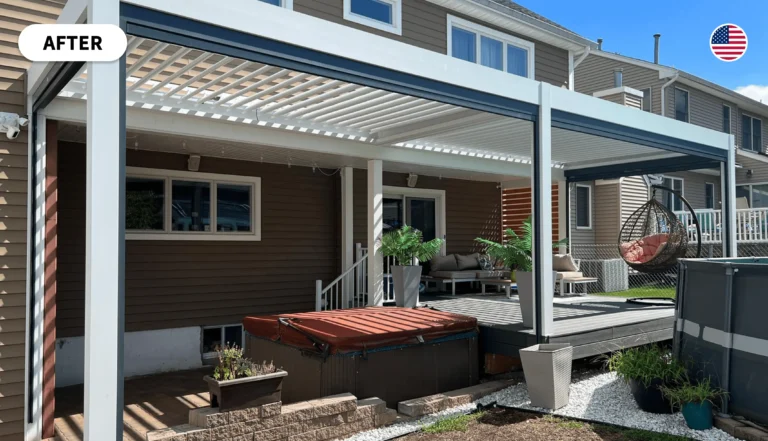
- Projekttyp: Wohnen
- Installationszeit: 3 Tage
- Produkt: Aluminium-Pergola, Rollos

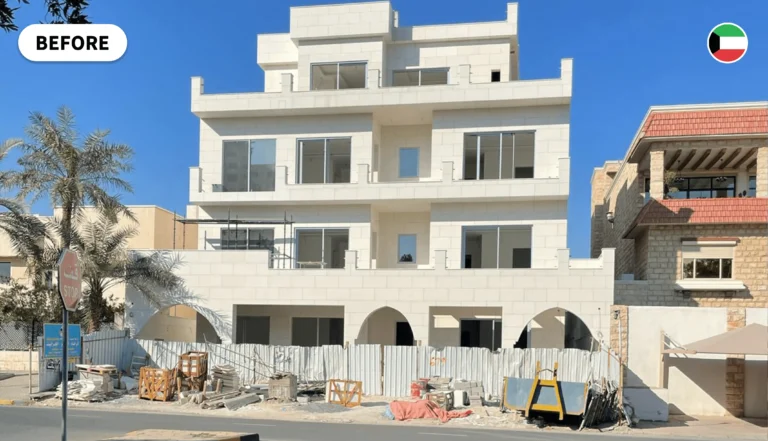
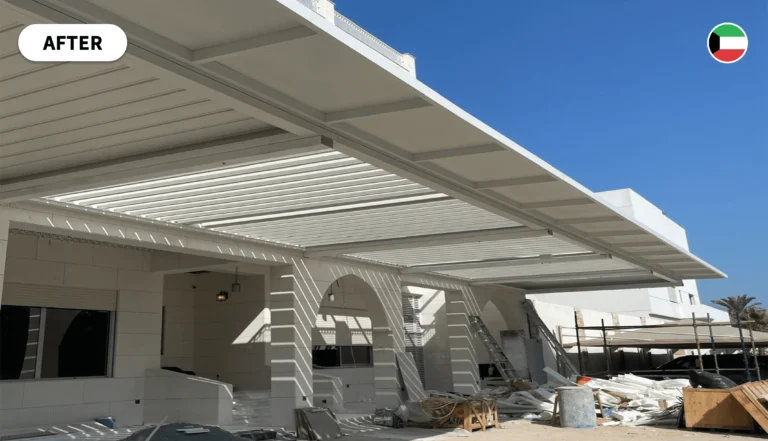
- Projekttyp: Wohnen
- Installationszeit: 2 Tage
- Produkt: Aluminium-Pergola, Rollos, LED-Licht

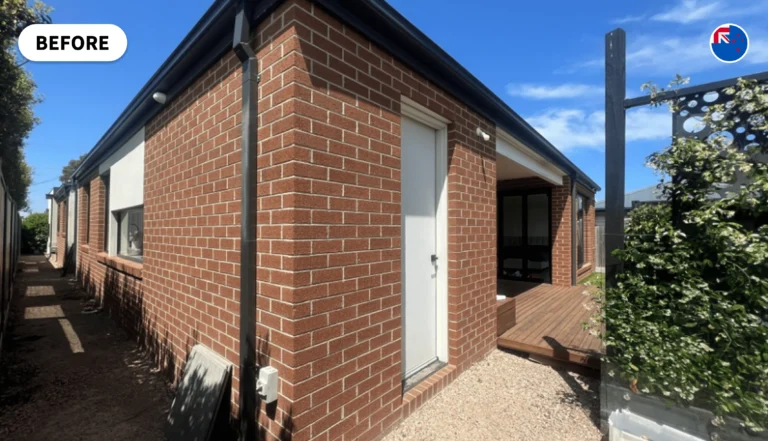
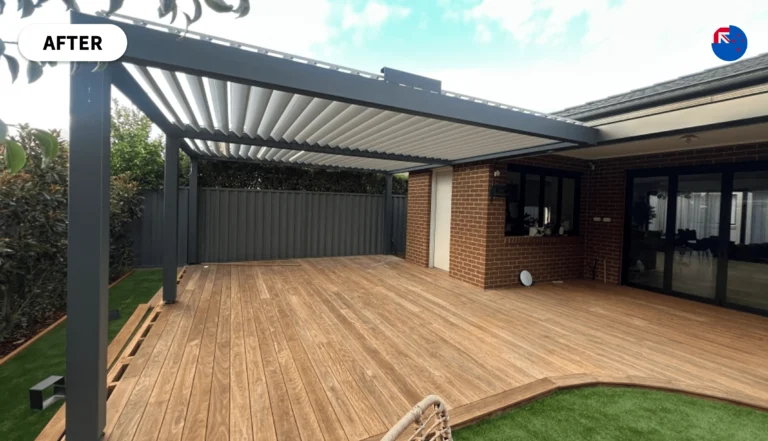
- Projekttyp: Wohnen
- Installationszeit: 2 Tage
- Produkt: Aluminium-Pergola, LED-Licht

Verwandte Produkte
Entdecken Sie Premium-Pergola-Zubehör – von Sichtschutzwänden bis hin zu Beleuchtungs- und Beschattungssets – für eine komplette Aufwertung Ihres Außenbereichs.

Rollos

Glasschiebetür

Aluminium-Rollläden

Aluminium-Lochsieb

Lakenvorhang

Elektrische Lamellenjalousie

Carport

Sonnenschirme für draußen

Rollos

Glasschiebetür

Aluminium-Rollläden

Aluminium-Lochsieb

Lakenvorhang

Elektrische Lamellenjalousie

Carport

Sonnenschirme für draußen
Pergola-Tipps & Inspiration
Bleiben Sie über Trends bei Aluminiumpergolen, Wohnbereichen im Freien und Tipps von führenden Pergolaherstellern auf dem Laufenden.
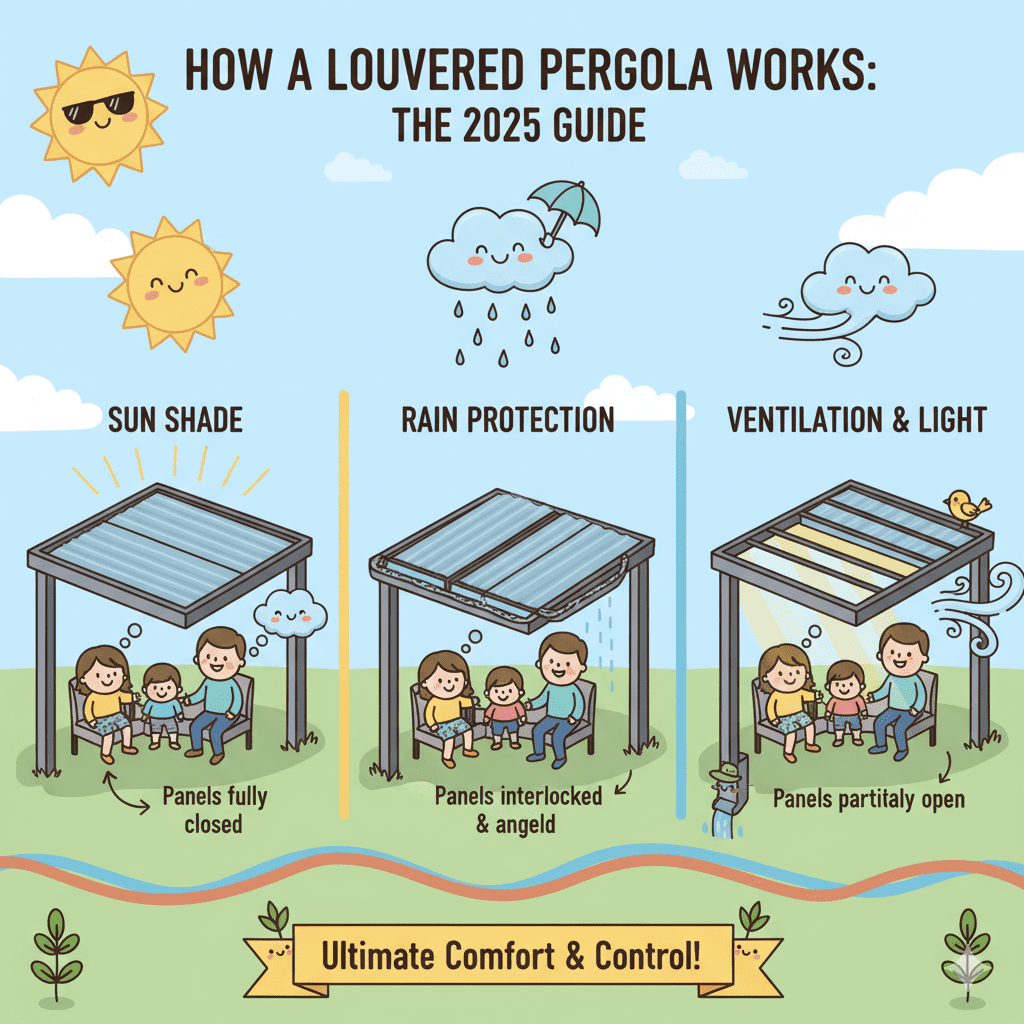
How Does a Louvered Pergola Work? The Ultimate 2025 Guide
How does a louvered pergola work? Explore 5 key mechanisms behind its shade and rain protection technology.
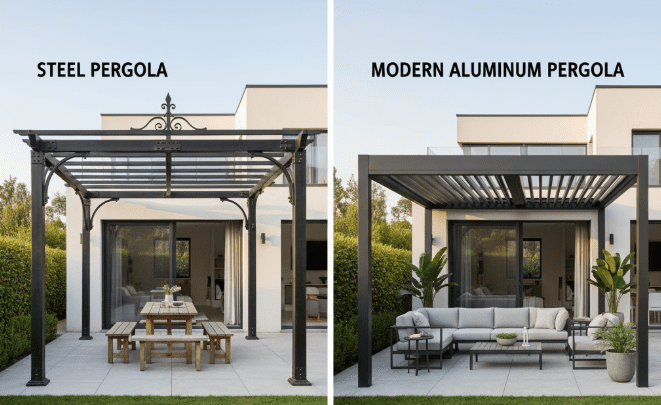
Aluminum vs. Steel Pergola: Which Metal is Best for a Heavy Duty Kit?
Comparing an aluminum vs steel pergola? Our 2026 guide reveals which metal is truly best for a permanent, all-weather, heavy duty pergola kit.

DIY or Professional Installation Pergolas: 5 Decisive Factors
DIY or Professional Installation: Compare cost, time, risk, and skills to choose the best pergola setup for 2025-2026.

How to Protect Outdoor Furniture,from wind and rain?
Learn how to protect outdoor furniture from sun & rain. Our 2025 buyer’s guide compares 5 key solutions to protect your investment. Get the facts!
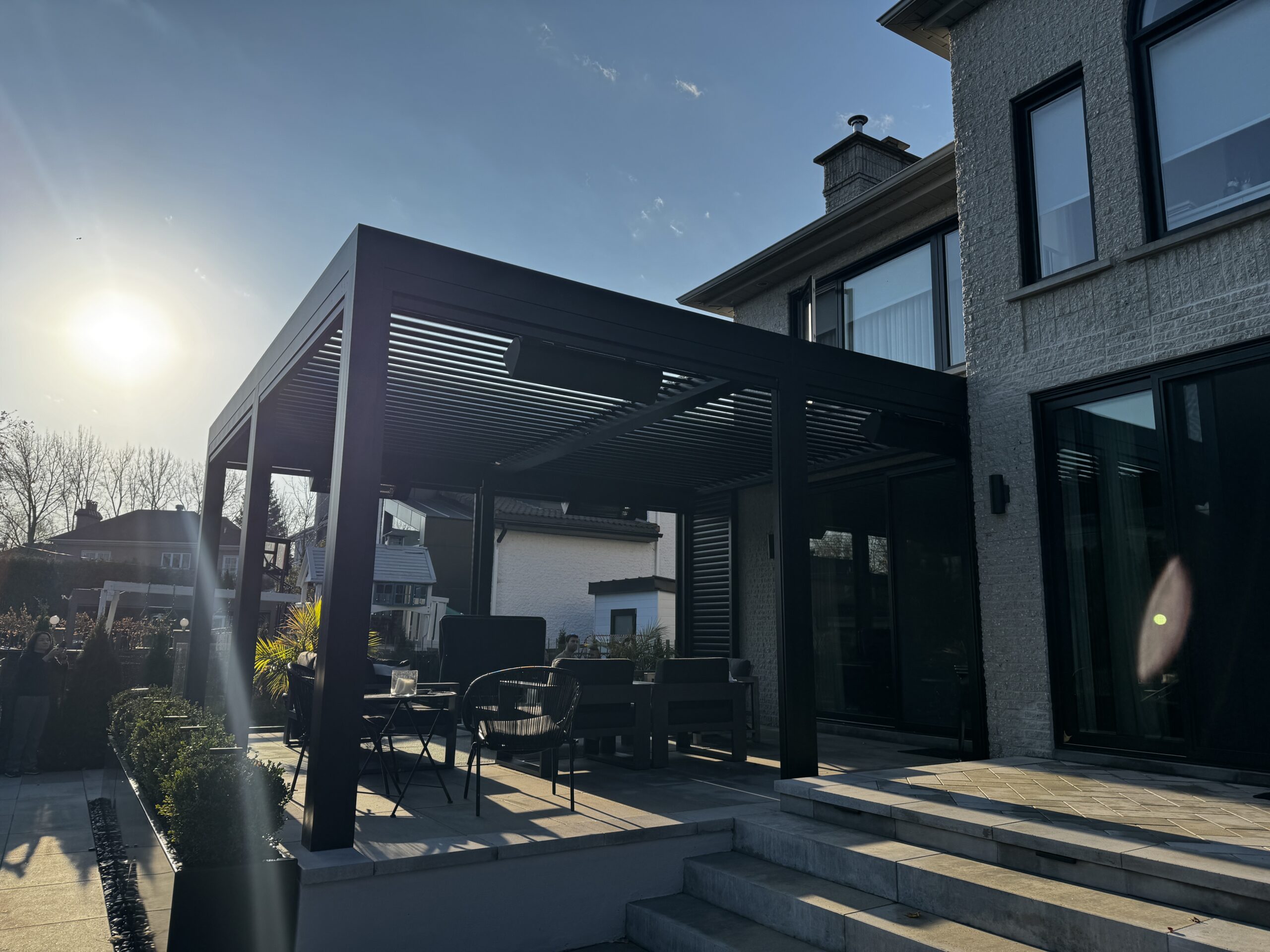
What Is a Pergola? A Complete Beginner’s Guide for Homeowners
What is a pergola? Our 2025 beginner’s guide covers it all: purpose, permits, and total costs. Plan your dream pergola with confidence!
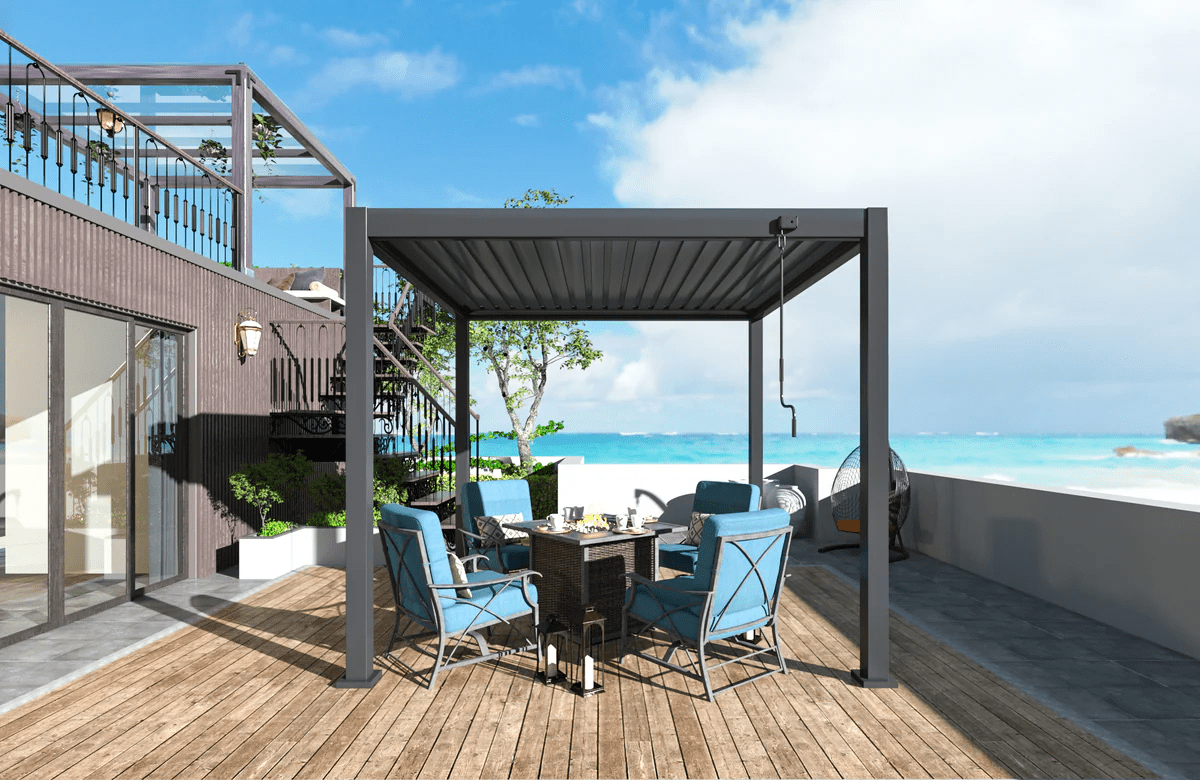
Motorized vs Manual Pergola: 7 Key Differences to Decide
Deciding between a motorized vs manual pergola? We compare cost, maintenance & 5 more factors. Find your perfect match and get a quote today!







